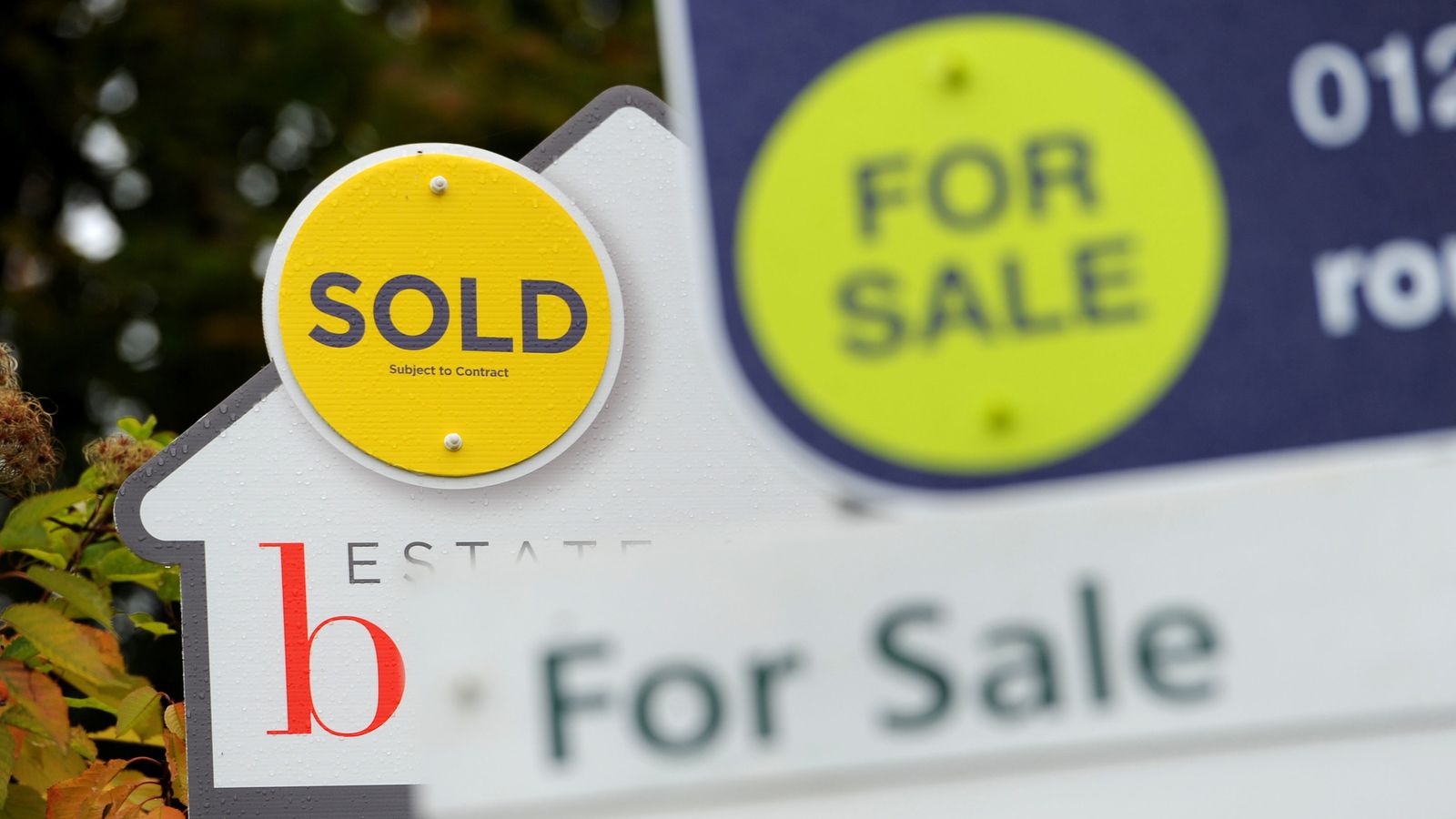UK house prices hit a new record high in June as buyers scrambled to complete purchases prior to the winding down of a stamp duty holiday, official figures have confirmed.
The average price hit £266,000, up by £31,000 or 13.2% on the same month last year – the highest percentage rise since November 2004, according the Office for National Statistics (ONS).
It confirmed similar data for June reported by lender Nationwide – which has also more recently found that the market started to cool in July following the stamp duty changes.
The new high for house prices surpasses a previous record of £256,000 seen in March.
A tax break announced last summer meant buyers in England and Northern Ireland would not have to pay any stamp duty on properties worth up to £500,000.
It was credited with reviving the housing market after activity slumped during the first lockdown though critics point out that the boost provided to prices has made getting on to the housing ladder even more unaffordable to many.
The market saw a noted spike earlier this year with the tax holiday due to end in March but it was then extended, with the £500,000 ceiling reduced to £250,000 from 30 June and returning to its usual cap of £125,000 at the end of September.
Similar policies in Scotland and Wales, with thresholds of £250,000, ended in March and June.
Mike Hardie, ONS head of prices, said: “In June, UK house prices saw their highest annual growth since 2004.
“This figure, however, was boosted by large monthly growth, with a rush to complete purchases before changes to the stamp duty holiday came into effect at the end of June.”
The ONS said average prices in June increased by 13.3% over the year in England to £284,000 while in Wales they climbed 16.7% to £195,000, in Scotland by 12% to £174,000 and in Northern Ireland by 9% to £153,000.
London saw growth of 6.3% – continuing to see the lowest level of regional house price increases for the seventh month in a row, though its average price of £510,000 remains well ahead of others.
The fastest rate of growth was in North West of England, where prices climbed by 18.6% to just above £200,000.






















